The UV region of electromagnetic radiation extends from 200-400 nm and is divided into UVA. (320-400 nm), UVB (290-320 nm) and UVC (200-290 nm). Below 200 nm the radiation is absorbed by air molecules and hence it is called vacuum Ultraviolet since one needs to pull a vacuum to observe the radiation. The ozone layer absorbs the UVC region of the earth completely and partially absorbs UVA and UVB. About 80% of UVA and 20% of UVB make it to the Earth surface. Bacteria and viruses have not been exposed to the natural UVC radiation and therefore UVC can act as a germicidal radiation that decomposes the DNA of bacterial and viruses and prevents them from multiplying. Figure 1 shows the three regions of UV radiation.
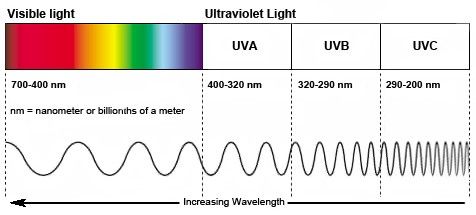
Figure 1: The three UV regions are shown next to the visible part of electromagnetic radiation.
It is a well known fact that viruses are binding parasites that attach themselves to host cells and can not multiply without the support of host cells (Reference 1). In any environment different surfaces can be contaminated by coming into contact with body fluids that are infected with the virus or aerosol particles that are emitted through sneezing and coughing and settle on the surfaces. The virus survives on the surface for a few hours until it finds a suitable host in the form of another person touching that surface and followed by touching the mouth, nose or eyes. Recently there has been a number of outbreaks due to many viruses such as Hepatitis Virus, West Nile Virus, Enterovirus Virus (Related to intestine) Severe Acute Respiratory Virus (SARS) and most recently COVID-19 which has caused a world wide pandemic. The most threating emergence of viruses are enteric viruses and SARS that have manifested themselves as major public health threats. The ability of these viruses to spread through close interpersonal contact and also through droplets when a person touches a contaminated surface with infected droplets and then touches his/her face makes them very dangerous. Figure 2 shows the scenario of getting infected through touching a surface contaminated with droplets.
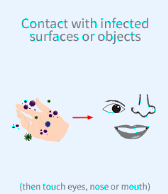
Figure 2: How the virus is transmitted from a contaminated surface
There are many measures that can be taken to control the spread of viral diseases such as SARS CoV that happened back in 2003 and SARS CoV-2 (COVID-19) that is happening now by disinfecting surfaces that these viruses reside on. These measures could include heating the surface to sterilize it, using chemical disinfectants such as Lysol and Ultra Violet Germicidal Irradiation (UVGI). However, the first two methods could potentially damage the surfaces since some surfaces can not be sterilized by heat and chemical solutions may also damage these surfaces. Contrary to the first two methods, UVGI has proved itself to be an effective method of disinfection that does not damage the surfaces. The absorption peak of a DNA molecule is around 264 nm and using a mercury lamp that emits at 253.7 nm generates dimers that can interfere with duplication of the DNA and also destroys nucleic acids that effectively destroys the viruses (Reference 1). Figure 3 shows a mercury disinfectant lamp in action.
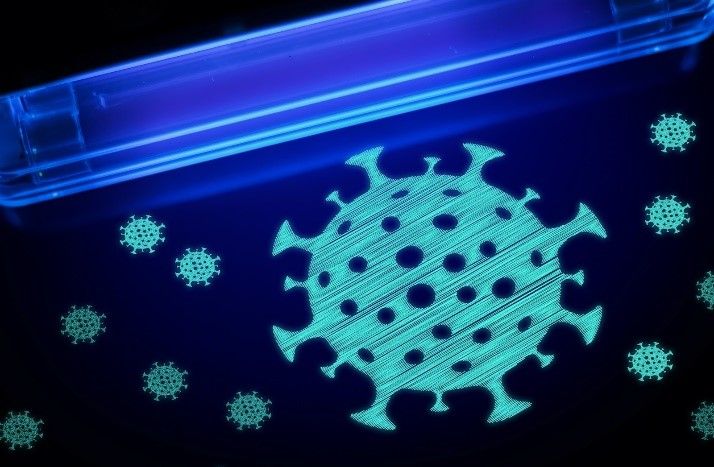
Figure 3: Irradiation of a virus by Mercury lamp kills the virus (Reference 2)
Viruses can be divided into four groups such as single strand RNA (ssRNA), single strand DNA (ssDNA), double strand RNA (ddRNA) and double strand DNA (ddDNA). In one study it was found that the double strand versions of RNA and DNA are less sensitive to UV decontamination as compared to single strand version and required two to three times the UV irradiation of the single strand to be deactivated (Reference 1). The dose of the radiation and the humidity levels also played a part. In order to calculate the dose of the radiation the irradiance at a particular distance is multiplied by the time of exposure in seconds (Reference 3) as shown below.
UV dose (J/cm 2)=Irradiance (W/cm 2 )*Time (s)
It turns out that a dose of 2-5 mJ/cm 2 will reduce the virus population by 90% (Reference 1, Reference 4). For example for a lamp which has 200 mW/cm 2 irradiance at 10 ft distance, it will take 10 to 25 seconds to disinfect a surface 10 ft away. Increasing humidity will also reduces the effectiveness of UV disinfection as the study found that with an 85% humidity condition it was harder to disinfect the surface as compared to 55% (Reference 1). This could be due to absorption of UV radiation by the water covering the surface that reduces the dose that reaches the virus to deactivate it.
Aside from disinfecting the surfaces, UV germicidal lamps have also been used to clean N95 masks and hospital equipment. Due to the current pandemic there is a shortage of N95 mask and one strategy is to reuse them by disinfecting them by UVGI. Figure 4 shows one such setup in a hospital room environment (Reference 4).
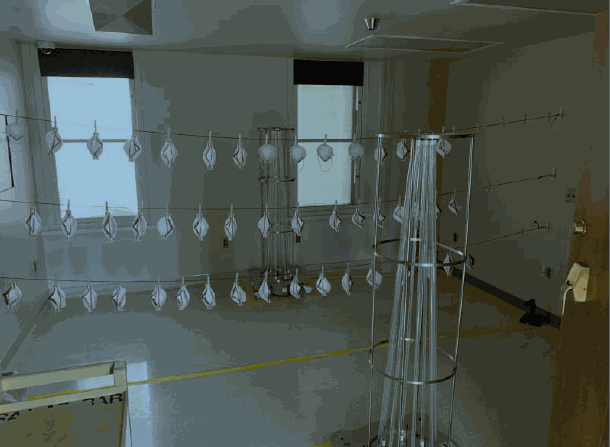
Figure 4: UV disinfection of N95 masks using UV germicidal lamp (Reference 4)
In this project two powerful UVGI systems each having eight 34 Watt mercury lamps emitting at 254 nm were placed at the opposite vertices of a rhombus 8 feet apart. Strings were drawn across the longer diagonal of the rhombus which was 13 feet long and N95 filters were hung across it. The units would provide 200 mW/cm 2 at a 10 ft distance. A UV detector shown at the right of the figure measured 400 mW/cm 2 from the two units and a dose of 800-1200 mJ/cm 2 which took 15 to 20 minutes of irradiation was sufficient to disinfect the masks for reuse.
Aside from discharge lamps such as Mercury lamp (254 nm) and Xenon pulsed lamp (200-320 nm, UVC-UVB) with millisecond pulses, UV LED panels are also used for disinfecting applications to kill bacteria and viruses. UV LEDS at 266, 270, 275 and 279 nm have been fabricated and used for killing bacteria in food (Reference 5). There are a few advantages that UV LEDs have over discharge lamps as follows:
The wavelength is not fixed (254 nm for mercury lamp) and can be tailored made. Some wavelengths such as 260 nm are more effective in killing bacteria and viruses
Discharge lamps have low activity in refrigerated environments
Risk of mercury exposure
However discharge lamps are generally more powerful and to decontaminate a spacious hospital room, they are preferred to LED panels.
UVC radiation is hazardous to the skin and the eyes and the rooms have to be totally evacuated during disinfection operations. If the UV lamps are being operated by staff, they need to wear proper Personal Protective Equipment (PPE) to protect their skin and eyes. It might be easier to use robotics to move the UVC lamp across the room to disinfect the surfaces and avoid any hazard to human operators.
Allied Scientific Pro has introduced a line of UVC germicidal lamps mounted on robots that are very useful. Figure 5 shows one such products.
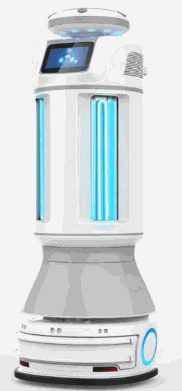
Figure 5: Robotic UVC germicidal lamp offered by Allied Scientific Pro
The following link has more information about this kind of products.
References:
1- Inactivation of viruses on surfaces by Ultraviolet Germicidal Irradiation, Chun-Chieh Tseng et.al, Journal of occupational and environmental hygiene, 4, 2007.
2-https://memoori.com/ can-uv-light -kill- coronavirus- in-our- contaminated-buildings/
3- Ultraviolet germicidal irradiation of influenza-contaminated N95 filtering face-piece respirators,
Devin Mills et.al, American Journal of infection control, 46 (2018)
4- N95 filtering face-piece respirator UVGI process for decontamination and reuse, Nebraska medicine, 2020.
5- Using UVC Light Emitting Diodes at wavelengths of 266 to 279 nm to inactivate foodborne pathogens and pasteurized sliced cheese, Soo-Ji Kim et.al, Applied and Environmental Microbiology, volume 82, number 1, 2016.